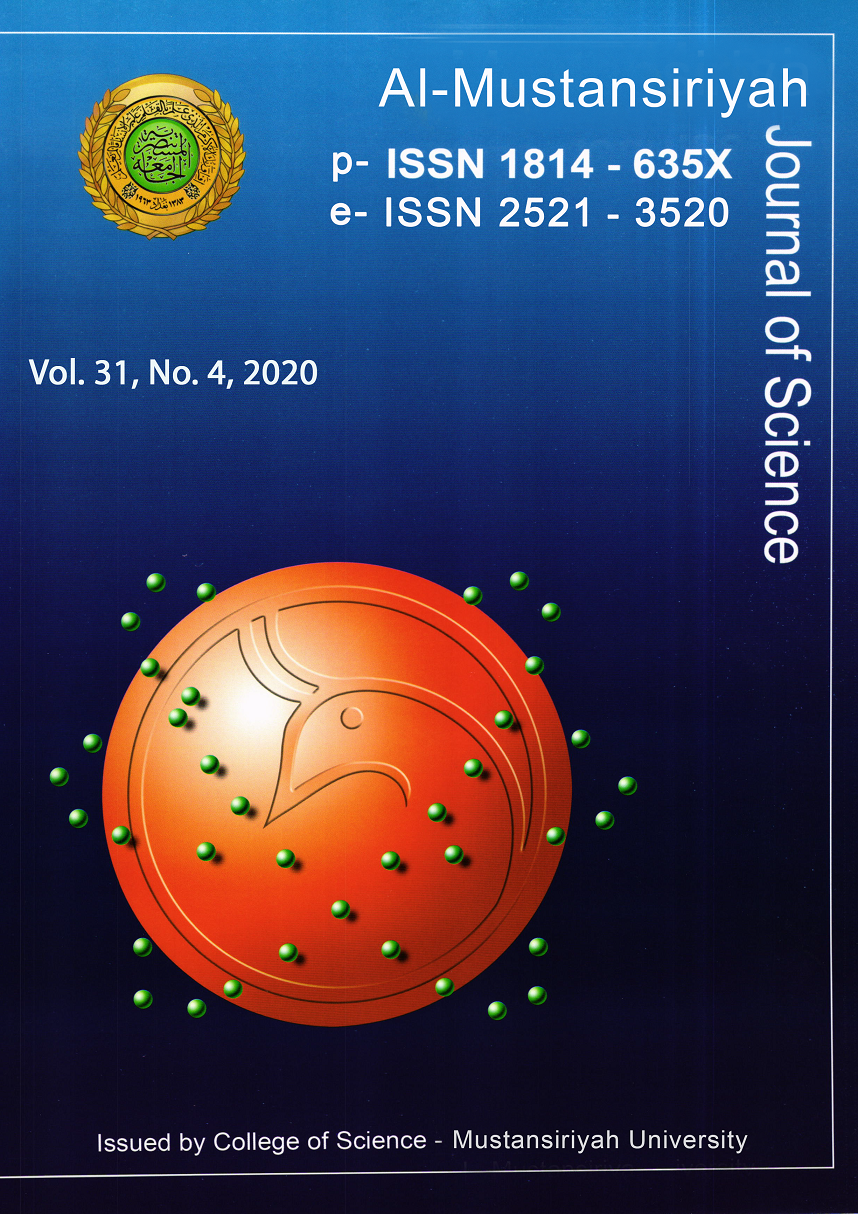Image splicing detection based on noise level approach
DOI:
https://doi.org/10.23851/mjs.v31i4.899Abstract
The rapid development in technology and the spread of editing image software has led to spread forgery in digital media. It is now not easy by just looking at an image to know whether the image is original or has been tampered. This article describes a new image splicing detection method based on noise level as a major feature to detect the tempered region. Principal Component Analysis (PCA) is exploited to estimate the noise of image and the K-means clustering for authentic and forged region classification. The proposed method adopts Columbia Uncompressed Image Splicing Dataset for evaluation and effectiveness. The experimental results for 360 images demonstrate that the method achieved an 83.33% for detecting tampered region this percentage represent a promising result competed with Stat-of-art splicing detection methods.
Downloads
References
Wu, Y., Abd-Almageed, W., and Natarajan, P.: 'Deep matching and validation network: An end-to-end solution to constrained image splicing localization and detection', in Editor (Ed.)^(Eds.): 'Book Deep matching and validation network: An end-to-end solution to constrained image splicing localization and detection' (ACM, 2017, edn.), pp. 1480-1502
Cozzolino, D., and Verdoliva, L.: 'Noiseprint: a CNN-based camera model fingerprint', IEEE Transactions on Information Forensics and Security, 2019.
Zhou, P., Han, X., Morariu, V.I., and Davis, L.S.: 'Learning rich features for image manipulation detection', in Editor (Ed.)^(Eds.): 'Book Learning rich features for image manipulation detection' (2018, edn.), pp. 1053-1061K. Elissa, "Title of paper if known," unpublished.
Farid, H.: 'Image forgery detection', IEEE Signal processing magazine, 2009, 26, (2), pp. 16-25.
Sekhar, C., and Sankar, T.: 'Review on Image Splicing Forgery Detection', International Journal of Computer Science and Information Security, 2016, 14, (11), pp. 471.
https://gizmodo.com/that-viral-photo-of-putin-is-totally-fake-1796767457 [Accessed 21/07/2020].
Meena, K.B., and Tyagi, V.: 'Image Forgery Detection: Survey and Future Directions': 'Data, Engineering and Applications' (Springer, 2019), pp. 163-194.
Mushtaq, Saba, and Ajaz Hussain Mir. "Digital image forgeries and passive image authentication techniques: A survey." International Journal of Advanced Science and Technology 73 (2014): 15-32.
Liu, Y., Zhu, X., Zhao, X., and Cao, Y.: 'Adversarial Learning for Constrained Image Splicing Detection and Localization Based on Atrous Convolution', IEEE Transactions on Information Forensics and Security, 2019, 14, (10), pp. 2551-2566.
Zhang, Q., Lu, W., and Weng, J.: 'Joint image splicing detection in DCT and Contourlet transform domain', Journal of Visual Communication and Image Representation, 2016, 40, pp. 449-458.
Kumar, A., Prakash, C.S., Maheshkar, S., and Maheshkar, V.: 'Markov Feature Extraction Using Enhanced Threshold Method for Image Splicing Forgery Detection': 'Smart Innovations in Communication and Computational Sciences' (Springer, 2019), pp. 17-27.
Cozzolino, D., and Verdoliva, L.: 'Single-image splicing localization through autoencoder-based anomaly detection', in Editor (Ed.)^(Eds.): 'Book Single-image splicing localization through autoencoder-based anomaly detection' (IEEE, 2016, edn.), pp. 1-6.
Kaur, M., and Gupta, S.: 'A passive blind approach for image splicing detection based on DWT and LBP histograms', in Editor (Ed.)^(Eds.): 'Book A passive blind approach for image splicing detection based on DWT and LBP histograms' (Springer, 2016, edn.), pp. 318-327.
Pomari, T., Ruppert, G., Rezende, E., Rocha, A., and Carvalho, T.: 'Image splicing detection through illumination inconsistencies and deep learning', in Editor (Ed.)^(Eds.): 'Book Image splicing detection through illumination inconsistencies and deep learning' (IEEE, 2018, edn.), pp. 3788-3792.
Moghaddasi, Z., Jalab, H.A., and Noor, R.M.: 'Image splicing forgery detection based on low-dimensional singular value decomposition of discrete cosine transform coefficients', Neural Computing and Applications, 2018, pp. 1-11.
Y?ld?r?m, E.O., and Uluta?, G.: 'Augmented features to detect image splicing on SWT domain', Expert Systems with Applications, 2019, 131, pp. 81-93.
Pyatykh, S., Hesser, J., and Zheng, L.: 'Image noise level estimation by principal component analysis', IEEE transactions on image processing, 2012, 22, (2), pp. 687-699.
Zeng, H., Zhan, Y., Kang, X., and Lin, X.: 'Image splicing localization using PCA-based noise level estimation', Multimedia Tools and Applications, 2017, 76, (4), pp. 4783-4799.
Hsu, Y.-F., and Chang, S.-F.: 'Detecting image splicing using geometry invariants and camera characteristics consistency', in Editor (Ed.)^(Eds.): 'Book Detecting image splicing using geometry invariants and camera characteristics consistency' (IEEE, 2006, edn.), pp. 549-552.
Downloads
Key Dates
Published
Issue
Section
License
(Starting May 5, 2024) Authors retain copyright and grant the journal right of first publication with the work simultaneously licensed under a Creative Commons Attribution (CC-BY) 4.0 License that allows others to share the work with an acknowledgement of the work’s authorship and initial publication in this journal.






















